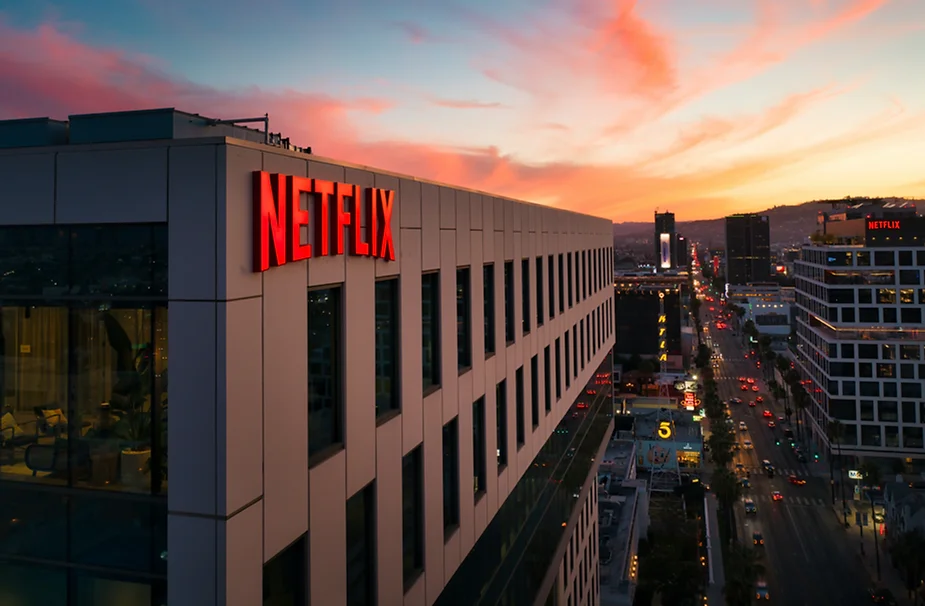The Rise of Streaming Platforms
The shift from traditional television to streaming platforms has been monumental. Platforms like Fire TV and Netflix have not only transformed the way we consume content but also how marketers approach video advertising. Brands such as Coca-Cola and Samsung have recognized the potential of these platforms and have crafted targeted campaigns to reach their audience where they are most engaged. As streaming continues to grow in popularity, brands must adapt their strategies to ensure they remain relevant in the evolving digital landscape.
Fire TV Advertising Opportunities
Fire TV offers a unique opportunity for brands to tap into a growing audience. With features such as interactive ads and sponsored screensavers, advertisers can create immersive experiences that capture viewer attention. Companies like Audi and Kellogg’s have successfully utilized Fire TV’s capabilities to increase brand awareness and drive traffic to their websites. Additionally, the platform’s integration with Amazon’s e-commerce ecosystem allows advertisers to link directly to product pages, facilitating seamless purchasing and further enhancing the user experience.
Netflix's Foray into Advertising
Netflix’s recent exploration into advertising has opened up a new avenue for marketers. Although still in its early stages, brands can leverage Netflix’s vast user base and detailed viewer data to deliver highly targeted ads. Early adopters like Nike and Apple have seen significant success by aligning their brand message with Netflix’s premium content. The ability to reach a diverse and engaged audience makes Netflix a promising platform for advertisers seeking to maximize their impact.
Interactive Video Ads
The introduction of interactive video ads has revolutionized viewer engagement. Platforms such as Fire TV allow users to interact with the ad, enabling features like product exploration and direct purchasing. This innovation has been embraced by brands like IKEA and Levi’s, who have created interactive experiences that not only entertain but also seamlessly integrate their products into the viewer’s journey. Interactive video ads provide a unique opportunity for brands to foster engagement and create a more immersive experience for their audience.
Personalization and Targeting
Personalization is at the core of effective video marketing. Platforms like Netflix provide marketers with rich data that enables them to create highly personalized campaigns. For instance, a brand like Starbucks can use viewer data to target coffee enthusiasts with ads tailored to their preferences, thereby increasing the chances of conversion. The ability to personalize content based on user behavior and preferences enhances the effectiveness of video marketing campaigns, resulting in higher engagement and conversion rates.
Cross-Platform Campaigns
In today’s multi-device world, it’s essential for marketers to create campaigns that transcend platforms. By integrating their video marketing efforts across Fire TV, Netflix, and social media platforms, brands like Adidas and Red Bull ensure a consistent brand message and reach a broader audience. This approach allows brands to leverage the strengths of each platform, optimizing their campaigns for maximum impact. Cross-platform campaigns enable brands to create a cohesive and unified brand message, increasing their chances of resonating with their target audience.
Storytelling and Brand Building
Video marketing offers a unique opportunity for brands to tell their stories and build a connection with their audience. Netflix, with its emphasis on high-quality content, provides an ideal platform for brands like Patagonia and TOMS to showcase their brand values and create a narrative that resonates with viewers. By leveraging the power of storytelling, brands can create emotionally impactful content that resonates with their audience and fosters brand loyalty. The ability to tell a compelling story through video content is a powerful tool for brands looking to differentiate themselves and create a lasting connection with their consumers.
Measuring Success
With advanced analytics and tracking capabilities, brands can measure the success of their video marketing campaigns more accurately than ever. Metrics such as view-through rates, engagement, and conversions provide valuable insights that help brands like Amazon and Google optimize their strategies and achieve their marketing goals. The ability to track and analyze the performance of video marketing campaigns enables brands to make data-driven decisions and continuously improve their strategies. By measuring the success of their campaigns, brands can refine their approach and maximize the return on their video marketing investment.
Challenges and Considerations
While the opportunities in video marketing are vast, there are also challenges to navigate. Ensuring ad relevancy, managing viewer fatigue, and staying up-to-date with platform updates are crucial considerations for brands like Facebook and Microsoft as they strive to maintain effective and impactful video marketing campaigns. The rapidly evolving nature of video marketing requires brands to stay agile and adapt their strategies to the changing landscape. By anticipating and addressing these challenges, brands can ensure the success and longevity of their video marketing campaigns.
The Future of Video Marketing
The landscape of video marketing is constantly evolving, and staying ahead of the curve is essential for success. As technologies like augmented reality and virtual reality become more mainstream, brands like Oculus and Sony are exploring new ways to incorporate these technologies into their video marketing strategies, paving the way for even more immersive and engaging experiences. The future of video marketing holds exciting possibilities for brands looking to leverage innovative technologies and create impactful content. By staying informed and embracing new opportunities, brands can continue to elevate their video marketing strategies and connect with their audiences in meaningful ways.
Conclusion
In conclusion, the updates in video marketing, particularly on platforms like Fire TV and Netflix, have opened up new avenues for brands to connect with their audiences. By leveraging these opportunities, creating personalized and interactive experiences, and measuring their success, brands can elevate their marketing efforts and build lasting relationships with their consumers. As we look ahead, it’s clear that the future of video marketing holds even more potential for innovation and engagement, and brands that adapt and evolve with the times will undoubtedly reap the rewards.






